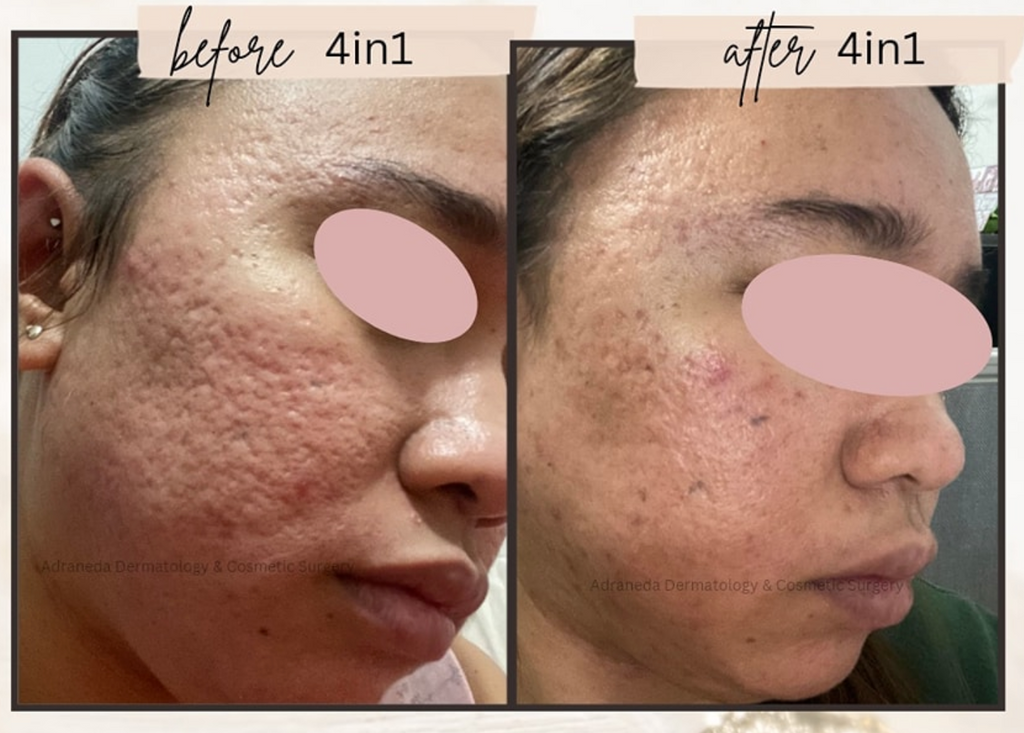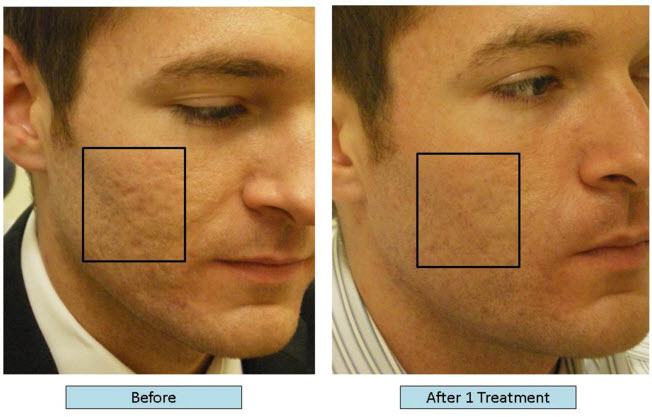Efficient Acne and Acne Scars Treatment: Clear Your Skin with Self-confidence
Efficient Acne and Acne Scars Treatment: Clear Your Skin with Self-confidence
Blog Article
Discovering Skin Problems: Identifying and Treating Acne Scars for Healthier Skin
Acne scars represent a considerable concern for individuals seeking to keep healthy skin, as they can influence both look and self-confidence. Recognizing the various types of marks, from atrophic to hypertrophic, is important for figuring out ideal treatment alternatives. While specialist interventions like chemical peels and microneedling can be effective, the relevance of customized care plans can not be overemphasized. Moreover, preventative procedures play a crucial function in lessening future scarring. As we check out these elements, one need to consider exactly how the ideal technique can bring about transformative results.
Comprehending Acne Marks
Recognizing acne marks is essential for anybody that has experienced extreme acne, as these marks can have a long lasting effect on both physical look and mental health. When the skin goes through inflammatory reactions throughout energetic acne sores, acne marks form. The severity of scarring is frequently affected by variables such as the type of acne, its period, and specific skin features.
The body's all-natural recovery process can lead to either atrophic scars, which appear as depressions in the skin, or hypertrophic scars, which are increased and arise from overflow of collagen. Additionally, the mental toll of acne marks need to not be undervalued; many people report sensations of shame, anxiety, and reduced self-confidence. This psychological concern can affect social communications and total top quality of life.
Resolving acne scars needs a detailed understanding of their development and impact. Understanding of the potential for long-term effects connected with neglected marks can motivate people to look for proper therapies. Early intervention and reliable management methods can considerably improve skin appearance and enhance emotional durability, highlighting the relevance of recognizing the complexities surrounding acne marks.
Kinds Of Acne Marks
Acne scars can be classified into unique types, each exhibiting unique characteristics and requiring details treatment strategies. The primary kinds of acne scars include atrophic, hypertrophic, and keloid marks.

Hypertrophic scars, on the other hand, are elevated over the skin level and are the result of extreme collagen production throughout the recovery process. They typically continue to be within the limits of the original acne lesion. Keloid marks are comparable yet prolong beyond the original injury site, forming bigger, raised locations that can be painful or itchy.
Comprehending these sorts of marks is necessary for picking suitable treatment choices. Different scars may respond much better to details therapies, such as laser treatments, fillers, or surgical treatments, stressing the relevance of a customized approach to acne mark management.
Determining Your Marks
Acne scars normally fall into two classifications: atrophic and hypertrophic marks. These can even more be identified right into ice-pick marks, boxcar scars, and rolling marks, each exhibiting unique features and needing different strategies for evaluation - acne treatment for sensitive skin.
Hypertrophic marks, on the other hand, are increased and happen because of too much collagen production throughout the recovery process. Identifying the specific attributes of your scars-- such as appearance, width, and depth-- is important for correct identification. Furthermore, consider the distribution of scars across your skin, as this can suggest the intensity and period of the acne problem.
Involving with a dermatologist can offer valuable insights into the nature of your scars, helping in the differentiation between various kinds. A detailed understanding of your marks will ultimately lead to a more tailored and reliable treatment strategy, guaranteeing a clearer and much healthier complexion.
Treatment Options Available
Recognizing the particular kind of acne marks present on your skin prepares for discovering reliable therapy options. Typical kinds of acne marks consist of atrophic (depressed), hypertrophic (increased), and post-inflammatory erythema.
For atrophic scars, alternatives such as chemical peels, microneedling, and laser resurfacing are widely made use of. Chemical peels make use of acids to get rid of the external layer of skin, advertising new cell development.
Hypertrophic marks can be treated with corticosteroid shots to flatten the mark or laser therapy to minimize redness and improve appearance. skin rejuvenation treatments. Silicone gel sheets and pressure dressings may reference also assist in managing elevated marks
In addition, dermal fillers can momentarily fill up in anxieties from atrophic marks, while surgical excision may be suitable for serious cases. Each therapy option has its considerations and benefits, making it vital to talk to a skin specialist. They can offer personalized referrals based on the type and seriousness of your scars, along with your skin kind and overall health and wellness.
Tips for Prevention
Reliable prevention methods can considerably minimize the possibility of creating acne marks. The very first step is to preserve a consistent skin care regimen that includes mild cleaning, exfoliation, and moisturizing. Using non-comedogenic products assists avoid clogged pores, which can aggravate acne. In addition, including topical treatments consisting of salicylic acid or benzoyl peroxide can efficiently take care of outbreaks and minimize swelling.
Avoiding need to select or pop acne lesions is crucial, as this can bring about much deeper skin damages and increase the danger of scarring. Instead, take into consideration making use of a chilly compress or non-prescription treatments to decrease swelling and soreness.
Sunlight protection is another essential facet of avoidance; ultraviolet (UV) rays can darken scars and hinder the healing procedure. Using a broad-spectrum sun block with at the very least SPF 30 daily can protect the skin and advertise even healing.
Last but not least, keeping a balanced diet plan abundant in minerals, anti-oxidants, and vitamins sustains skin health and wellness and recovery. Staying hydrated and taking care of stress degrees can additionally play a considerable role in minimizing acne flare-ups. By executing these methods, individuals can dramatically decrease their opportunities of developing acne marks.

Verdict
Finally, understanding and recognizing acne scars is vital for reliable therapy and achieving healthier skin. Different kinds of acne marks, consisting of hypertrophic and atrophic more marks, demand certain interventions customized navigate to this website to specific demands. Treatment choices range from chemical peels and microneedling to corticosteroid injections, highlighting the value of getting in touch with a skin specialist. Furthermore, adopting a mild skin care routine and safeguarding the skin from UV exposure can substantially add to the prevention of more scarring and general skin wellness.
The body's all-natural recovery procedure can result in either atrophic scars, which show up as clinical depressions in the skin, or hypertrophic scars, which are increased and result from overflow of collagen. They are more split right into 3 subtypes: ice pick marks, boxcar scars, and rolling scars. Acne scars usually fall right into 2 categories: hypertrophic and atrophic scars. These can additionally be categorized into ice-pick scars, boxcar marks, and rolling scars, each showing distinct attributes and needing various strategies for evaluation.
Various kinds of acne marks, including atrophic and hypertrophic scars, demand particular interventions customized to individual requirements.
Report this page